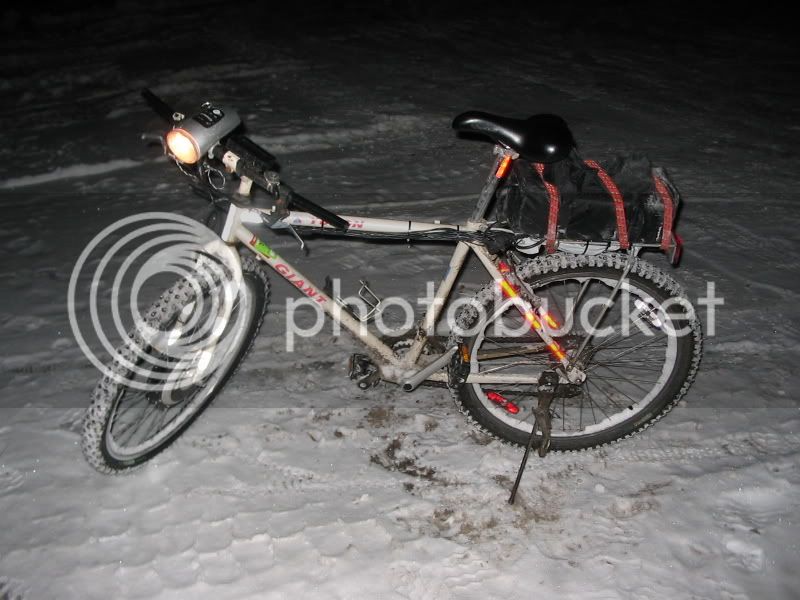(N)eiither is riding into a 10 MPH head wind unless you have efficient power to do so without pedaling.
Exactly, Randy
I spoke of the LCD, the
lowest
common
denominator, which most all of us have access to:
an oval, quarter mile paved asphalt (not dirt) running track, found in nearly all communities.
And here, a practical idea for adding LOAD, Randy:
to simulate the load of a steady grade, substitute a wind load instead:
open a drag chute, a small one, tied to the back of the bike.
And here, semi-serious, if we had standard sized wind-loading drag chutes
for e-bike testing, and temp. and barometric and humidity equalization,
there you go: a genuine LCD test for still air level ground PAVED oval track load testing for efficiency.
You know, it's only common sense: Load is a load whether it comes by wind or by grade.
It's the same retarding force.
And in case of a whisper of breeze,
the back and forth nature of an oval track tends to cancel its effect.
Multiple identical laps make a fine real-world averaging.
And this is what we what: a repeatable set of test conditions.
Retarding forces. Think about them. And if we're all running 15 mph
* circuits around boring oval tracks
around the world, why it's all the same for all testers,
even in Australia where (jk) I presume the oval tracks run backwards.
Yes, right. So the OZ tester's result will be in a minus sign.
To correct make a vertical mark through the - :lol:
And then we can in this way truly test relative efficiencies,
no mountains needed.
*why 15 mph? Because then the drag chute is the major, standard wind resistance and the bike style/rider type hardly matters.
___________________
_________
For Paul:
Regarding Cultured Good Manners
versus the Wet Blanket:
It requires an awful,
awful lot
to piss an Englishman to blow
--to blow away a fog.
So if you fog an Englishman
he'll likely tolerate....
Yet if you keep on rotting damp,
he's really,
really good at hate.



